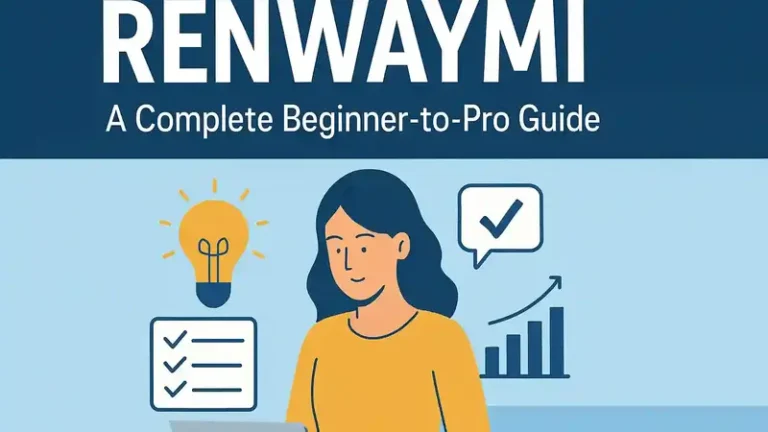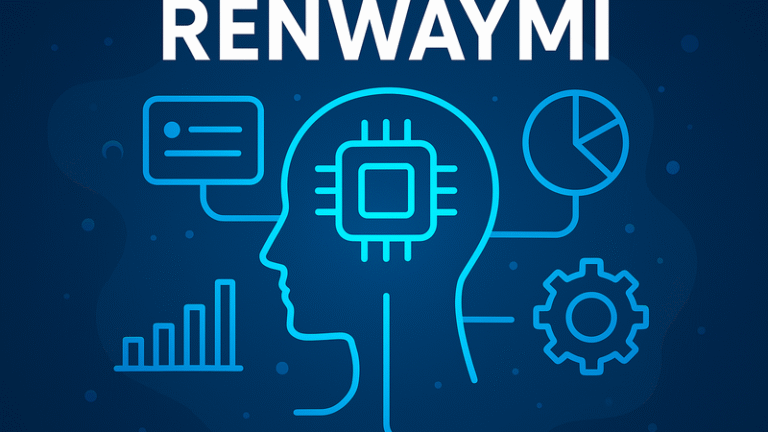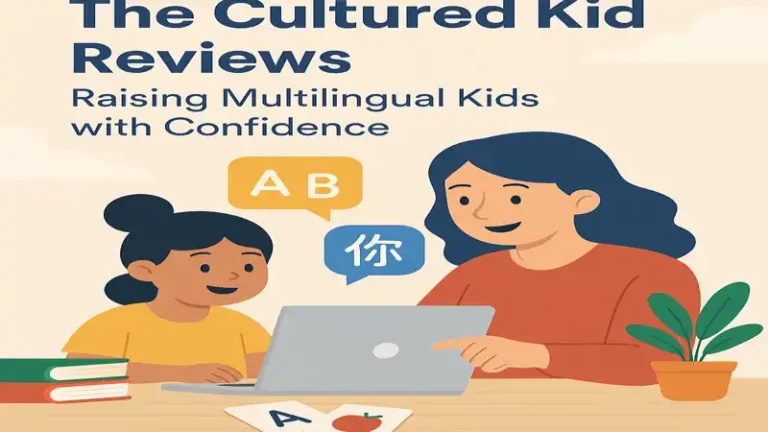
Anime streaming has become a hot topic in recent years, with millions of fans worldwide seeking easy access to their favorite shows. Among the many platforms that provided free anime streaming, 9aniwave gained significant popularity. However, its rise, rebranding, and eventual shutdown reflect the ongoing battle between anime piracy and legal enforcement. This article explores the complete history of 9aniwave, from its early days as 9anime, the reasons behind its rebranding to AniWave, and why it was ultimately shut down. We’ll also look at the impact of its closure, the best legal anime streaming alternatives, and the future of anime accessibility.
Origins: How 9anime Became a Global Anime Hub
9anime was launched in 2016 and quickly gained traction as a leading free anime streaming site. Unlike traditional anime platforms that required paid subscriptions, 9anime allowed users to watch high-quality anime for free, making it a popular choice among anime lovers.
Key Features That Made 9anime Popular:
- Vast Anime Library: 9anime hosted thousands of anime series and movies, from classic hits to the latest releases.
- HD Streaming: Users could watch anime in 720p, 1080p, and even 4K resolution.
- Subbed and Dubbed Content: 9anime catered to both Japanese audio with subtitles and English-dubbed anime fans.
- No Sign-up Required: Unlike many streaming services, 9anime allowed instant streaming without creating an account.
- Fast Uploads & Updates: New episodes were uploaded within hours of their release in Japan.
By 2020, 9anime was receiving over 39 million visits per month, surpassing some official streaming platforms. However, this popularity also drew the attention of copyright holders and anti-piracy organizations.
Rebranding: Why 9anime Became AniWave
With growing pressure from copyright enforcement agencies, 9anime faced multiple domain takedowns and lawsuits. To counter these challenges, the platform rebranded itself as AniWave in August 2023.
Reasons Behind the Rebranding:
- Avoiding Legal Takedowns – Many anti-piracy groups, such as the Motion Picture Association (MPA), began aggressively shutting down illegal streaming platforms. Rebranding helped delay legal action.
- Evading Search Engine Blocks – Google and other search engines started de-ranking 9anime, making it harder to find. A new brand name helped it stay discoverable.
- Maintaining User Trust – Unlike scam sites that steal personal data, 9anime’s administrators confirmed that AniWave was the official successor, keeping their audience intact.
Despite the name change, AniWave.to retained all the features of 9anime, including its massive anime library, fast updates, and free streaming model. However, the site’s legal troubles didn’t end there.
The Legal Crackdown: Why 9aniwave Was Shut Down
By mid-2024, international copyright agencies, anime production companies, and law enforcement ramped up efforts to shut down piracy websites. As a result, AniWave (formerly 9anime) became a primary target.
Major Legal Actions Against Anime Piracy:
- Crunchyroll and Funimation Lawsuits – These official anime distributors worked with anti-piracy organizations to track down illegal streaming networks.
- Interpol Investigations – Authorities traced the servers and operators of major piracy sites, many of which were linked to Vietnam-based networks.
- Shutdown of Multiple Sites – Alongside AniWave, sites like Kissanime, Zoro.to, and AnimeUltima were also shut down.
By August 2024, AniWave was permanently taken offline, marking the end of 9aniwave’s journey in the anime streaming world.
Impact of 9aniwave’s Shutdown on Anime Fans
The closure of 9aniwave/AniWave left millions of anime fans searching for alternatives. While some welcomed the crackdown, arguing that piracy harms the anime industry, others expressed frustration over the lack of affordable and accessible anime streaming options.
Key Issues Caused by the Shutdown:
- Limited Access in Certain Countries – Many anime fans in countries without Crunchyroll, Netflix, or Funimation lost their primary source of anime.
- High Subscription Costs – Official anime streaming services often charge premium fees, making it difficult for students and low-income fans to subscribe.
- Loss of Ongoing Watchlists – Many users were in the middle of watching seasonal anime, which became inaccessible after 9aniwave’s shutdown.
- Increase in Dangerous Clone Sites – Fake versions of AniWave appeared, containing viruses, malware, and phishing scams, posing risks to anime fans.
While piracy is illegal, these concerns highlight the need for more affordable and globally accessible anime streaming solutions.
Best Legal Anime Streaming Alternatives to 9aniwave
While 9aniwave is gone, anime lovers still have several legal and safe alternatives. Here are some of the best platforms:
1. Crunchyroll (Best for Simulcasts)
- Extensive anime library (1000+ shows).
- Offers simulcasts (episodes released the same day as Japan).
- Free version available (with ads).
2. Funimation (Best for Dubbed Anime)
- Specializes in English-dubbed anime.
- Home to Dragon Ball, My Hero Academia, One Piece, and Attack on Titan.
3. Netflix (Best for Anime Originals)
- Exclusive anime titles like Demon Slayer, JoJo’s Bizarre Adventure, and Cyberpunk: Edgerunners.
- High-quality streaming and subtitle options.
4. HiDive (Best for Niche Anime)
- Hosts rare and cult classic anime.
- Offers affordable subscriptions.
5. Ani-One YouTube Channel (Best Free Option)
- Legally streams anime for free on YouTube.
- Available in several Asian countries.
These platforms ensure safe, high-quality, and legal anime viewing experiences.
The Future of Anime Streaming: Will Free Sites Return?
Even though 9aniwave has been shut down, history shows that piracy sites often reappear under new names. However, the increasing legal pressure on anime piracy suggests that future illegal sites may have shorter lifespans.
At the same time, the anime industry is evolving:
- More Free Streaming Options – Platforms like Ani-One and Muse Asia on YouTube offer legal free anime streaming in select regions.
- Cheaper Subscription Plans – Companies may introduce lower-cost tiers to attract budget-conscious anime fans.
- Better Global Availability – Efforts are being made to expand official streaming services to regions with limited access.
Conclusion
The rise and fall of 9aniwave reflects the ongoing battle between free anime access and copyright enforcement. While the site provided millions of users with free anime, its shutdown highlights the legal risks and industry challenges of anime piracy. For fans looking for safe and legal anime streaming, platforms like Crunchyroll, Funimation, and Netflix offer high-quality experiences while supporting the anime creators behind our favorite shows. Although the anime streaming landscape continues to evolve, one thing remains certain—the passion for anime will keep growing, pushing the industry towards more accessible and affordable solutions for fans worldwide.
For more update please visit my website:letflix



